- Category
- War in Ukraine
The World Sealed Chornobyl With $2 Billion, Then Russia Turned It Into a Battlefield

In February 2022, Russian troops stormed Chornobyl and held its workers hostage. In February 2025, they rammed a drone into Chornobyl’s steel sarcophagus. Today, the Russians still occupy Zaporizhzhia NPP, Europe’s largest nuclear plant. One by one, Russia is turning nuclear sites into weapons.
When Russian armored convoys crossed the Belarusian border in February 2022, they didn’t just invade Ukraine—they tore open a decades-old wound by occupying and sabotaging the Chornobyl Nuclear Power Plant and the surrounding Exclusion Zone. In a decision as reckless as it was symbolic, Russia turned one of the world’s most infamous nuclear disaster sites into a battlefield, endangering not just Ukraine but the planet, again.
Three years later, they hit it again.
Drone hits CNPP
On Valentine's Day, February 14th, 2025, a Russian Shahed drone with a high explosive ordinance attached to it slammed into the New Safe Confinement—the 36,000-ton steel sarcophagus built to contain the remains of Reactor No. 4.
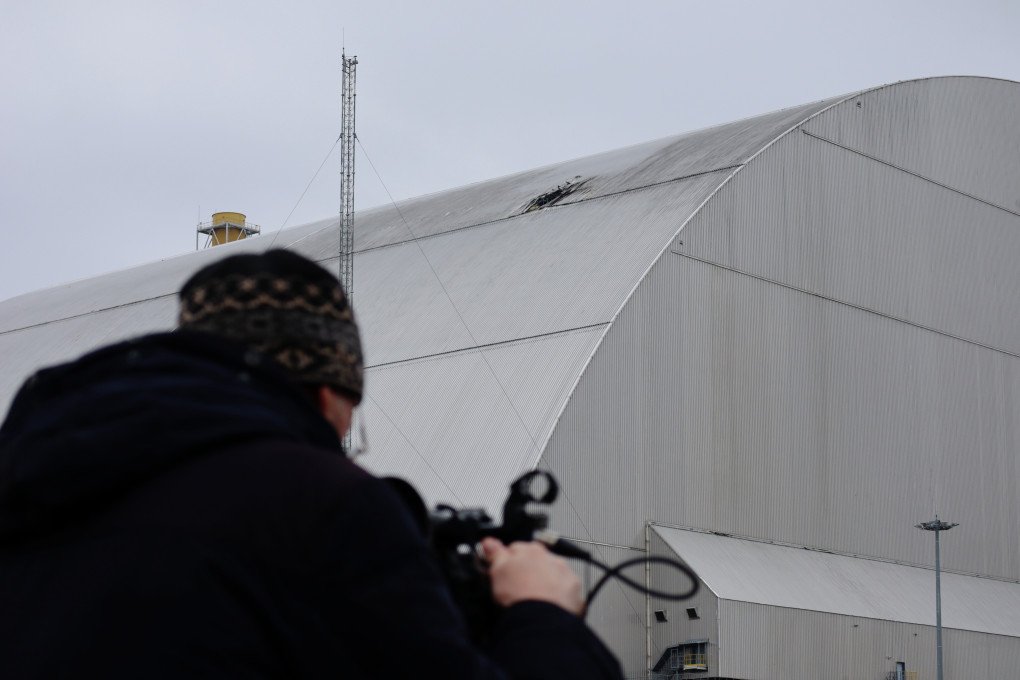
The confinement was a global achievement: constructed with nearly $2 billion from over 40 countries, including the entire G7 and the EU. It took almost a decade of planning, engineering, and international cooperation to build a structure designed to seal away the world’s worst nuclear disaster for the next hundred years.
Its completion was supposed to mark the end of Chornobyl’s danger to the world. Instead, Russia rammed a drone into it.
The likelihood that this was a mistake—or even a false flag—is extremely low. When you look at the facts, it’s hard to imagine that a Russian-made Geran drone, flying at low altitude and carrying a high-explosive warhead more powerful than standard Shahed models, just happened to strike the top of the sarcophagus encasing Reactor No. 4 at the Chornobyl Nuclear Power Plant—a structure still containing radioactive fuel and leaking contamination to this day.
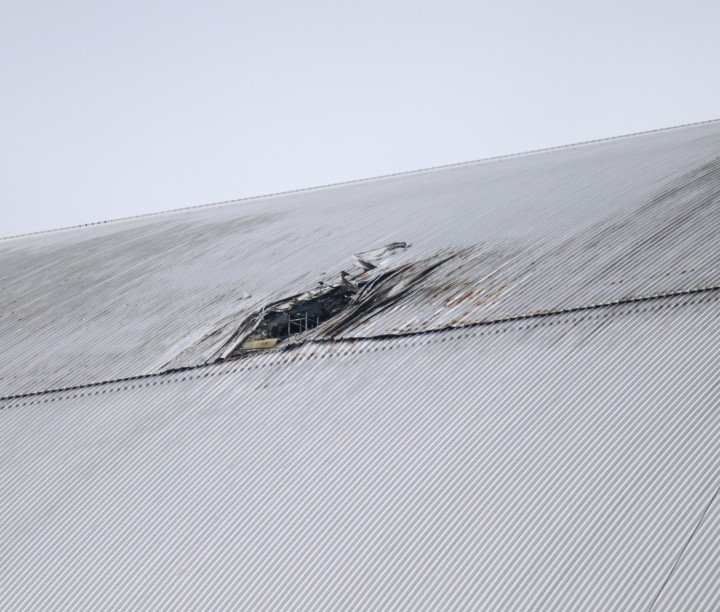
President Zelenskyy condemned the strike as “nuclear blackmail,” warning that Russia had once again weaponized nuclear risk to threaten the world, just as it has done by occupying the Zaporizhzhia Nuclear Power Plant. The Kremlin, meanwhile, tried to spin the incident. Russian Foreign Ministry spokeswoman Maria Zakharova accused Zelenskyy of staging the attack to coincide with the Munich Security Conference, claiming it was a stunt to drum up more Western weapons and aid.
The strike did not cause a radiation leak, this time. And this wasn’t an isolated incident.
They never expected to become hostages
The Chornobyl Exclusion Zone had long stood as a testament to the consequences of nuclear mismanagement, sealed off from the world since 1986. Nature had slowly reclaimed land abandoned by humans. But the zone wasn’t empty. Beyond the occasional dark tourist, hundreds of Ukrainian nuclear workers continued rotating in and out, maintaining safety systems, monitoring radiation, and ensuring the site didn’t become the source of another catastrophe.
For nearly a month, Russian troops held these workers at gunpoint, cutting off all outside communication. Sleep-deprived, malnourished, and terrified, they were forced to work under extreme duress. The power plant still required constant oversight, made even more critical by the recklessness of the Russians.
Among those captured at Chornobyl were not only civilian workers but also members of Ukraine’s National Guard assigned to protect the facility. After the Russians withdrew, many of these guardsmen were taken as prisoners of war. To this day, several of them remain illegally held in Russian captivity.

A vivid account of the workers’ experience at the Chornobyl Nuclear Power Plant during the Russian occupation is captured in Chernobyl Roulette, Serhii Plokhy’s investigative chronicle centered on Valentyn Heiko, a Ukrainian shift foreman and 1986 cleanup veteran who was on duty when the invasion began.
Cut off from their homes by the siege of the nearby town of Slavutych, a single night-shift crew was forced to work continuously for nearly a month inside the Chornobyl plant. Isolated, exhausted, and surrounded by gunfire, these workers endured the psychological strain of being held under armed guard while maintaining systems that, if neglected, could trigger another disaster.
As the days dragged on, the pressure broke some of them. Fearing the consequences if the staff fully unraveled, plant management pleaded with Russian commanders to allow a shift change. The Russian officers agreed after 24 days, not out of empathy, but because the threat of meltdown attributed to the staff’s psychosis spooked them to their core.
The last place you want to be reckless
As the Russians relied on Ukrainian expertise to keep the plant stable, Russian forces ignored nearly every warning. They bulldozed through contaminated zones, dismissing safety protocols with fatalistic arrogance as they unearthed layers of radioactively contaminated soil.
One of the most reckless acts came when Russian troops began digging defensive positions in the Red Forest—a notorious stretch of land still dangerously contaminated from the 1986 meltdown. Ukrainian engineers repeatedly warned the Russians that disturbing the irradiated soil could have long-term health consequences.
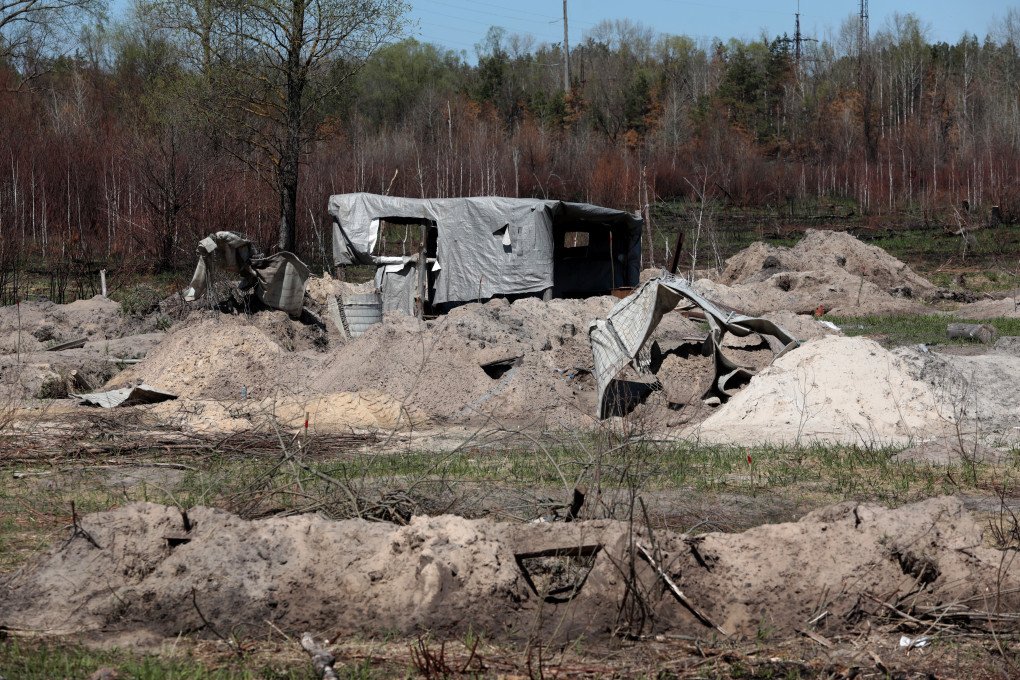
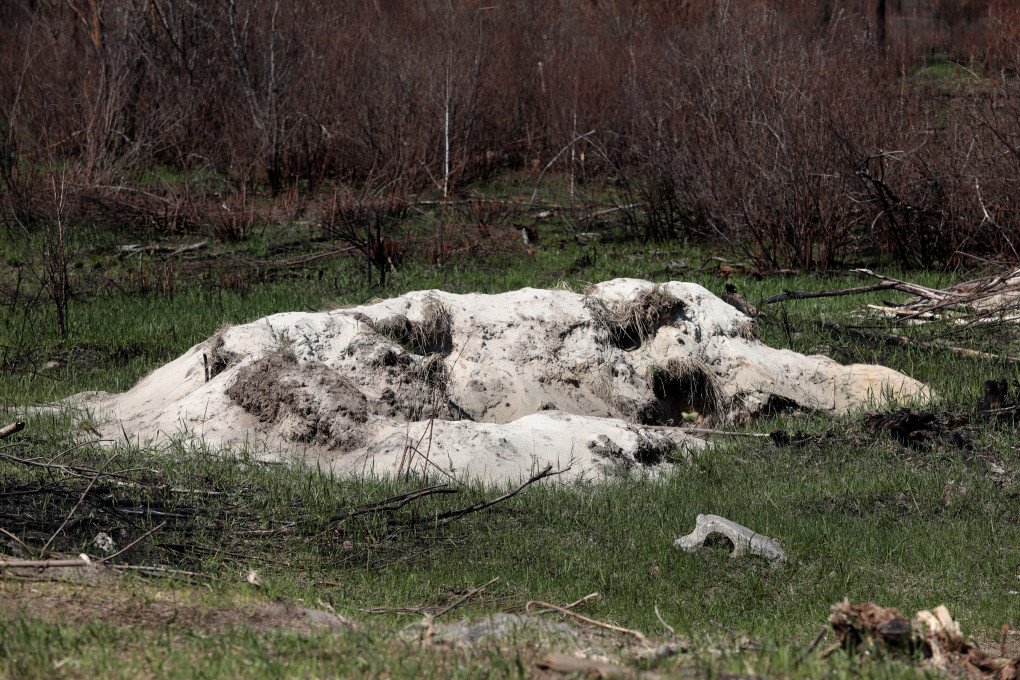
However, those warnings were properly ignored. Russian soldiers not only dug in, they camped there, cooking meals over open fires as radioactive dust swirled around them, oblivious or indifferent to the risks they were unleashing on themselves and the environment.
As Russian forces withdrew from the Chornobyl Exclusion Zone in late March 2022, they left behind a trail of destruction and looting. Ukrainian officials reported to the Washington Post that the Russian troops stole or destroyed equipment valued at over $135 million, including nearly 700 computers, 344 vehicles, 1,500 radiation dosimeters, and essential firefighting apparatus.
Critical monitoring systems and custom-built software were also dismantled or taken, severely compromising the site's safety infrastructure
The looting extended to sensitive areas like the Central Analytical Laboratory, where Russian soldiers reportedly seized radioactive materials and calibration instruments. Some of these items were later traced to locations in Belarus, raising concerns about the potential spread of contamination.
When the Russians finally pulled out, they left behind scorched buildings pockmarked with bullet holes, sprayed with graffiti, and wired the nuclear power plant with boobytraps.
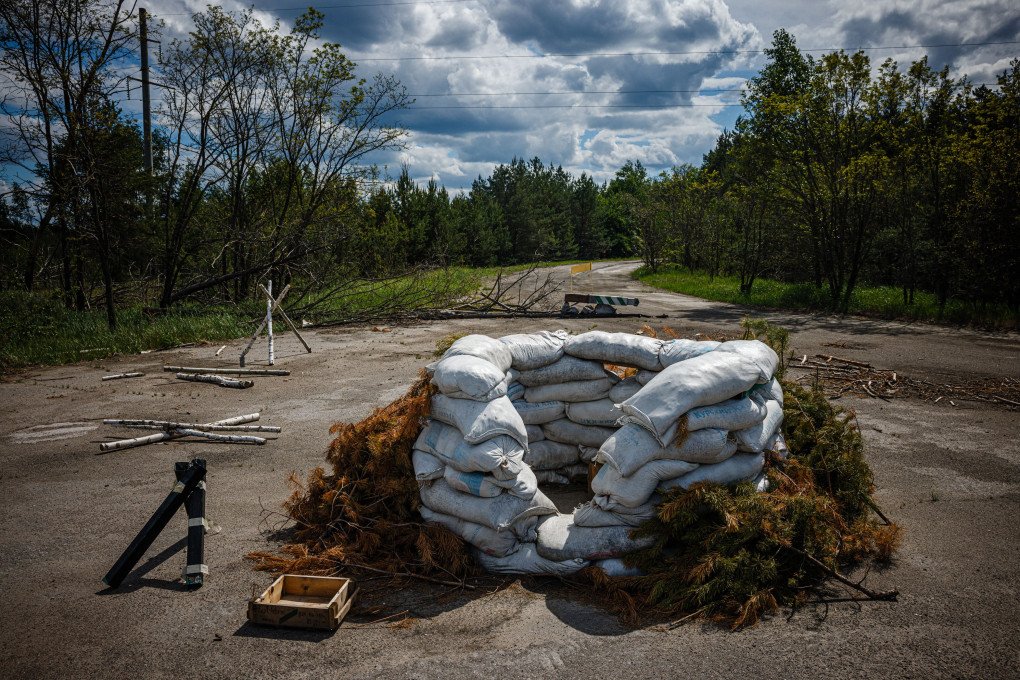
Chornobyl’s fallout
The health toll from the original Chornobyl disaster never really went away. Entire communities were uprooted, thousands were sickened, and generations have lived with the long-term effects of radiation exposure. Every year, Ukrainians honor the liquidators — the firefighters, engineers, and workers who volunteered to clean up and contain the fallout from the 1986 reactor explosion, many knowing it would likely cost them their lives.
When Russian troops stormed the Exclusion Zone in 2022, it was a direct threat to the safety systems that those same liquidators died to establish. Ukrainian engineers stayed behind to keep the plant stable under occupation. Ukrainian soldiers fought to take it back. Some of them are still prisoners in Russia.
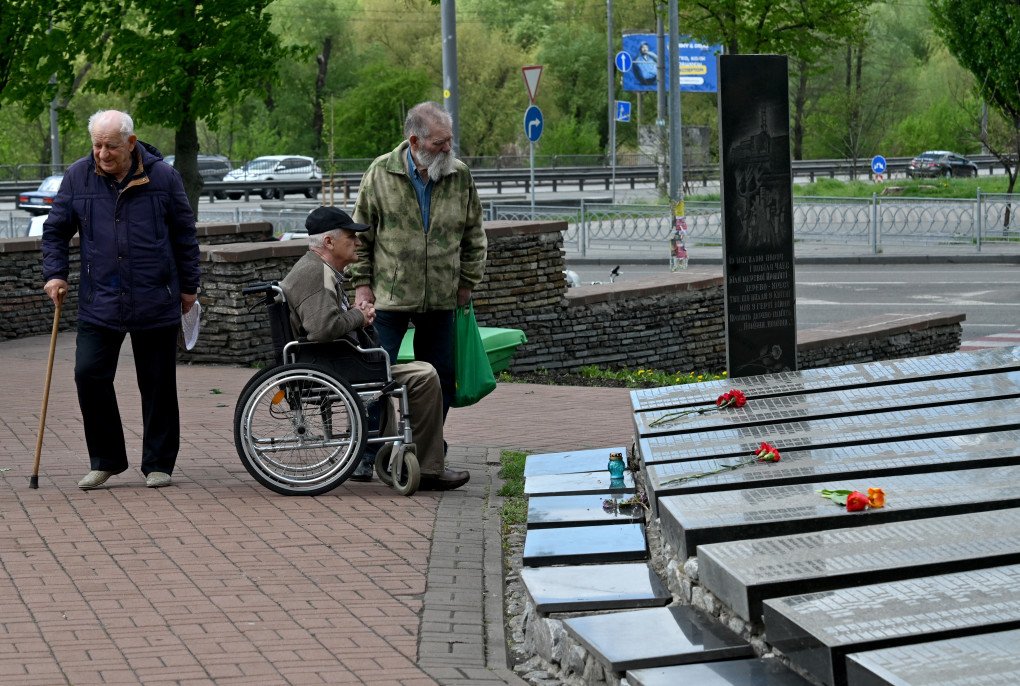
And Russia isn’t done. It’s still occupying the Zaporizhzhia Nuclear Power Plant—the largest in Europe—and using it as leverage, not for energy or strategy, but as a threat—a risk held over everyone’s head. Radioactive contamination is no longer something that can be mitigated with technological advances; it's become a soft target.
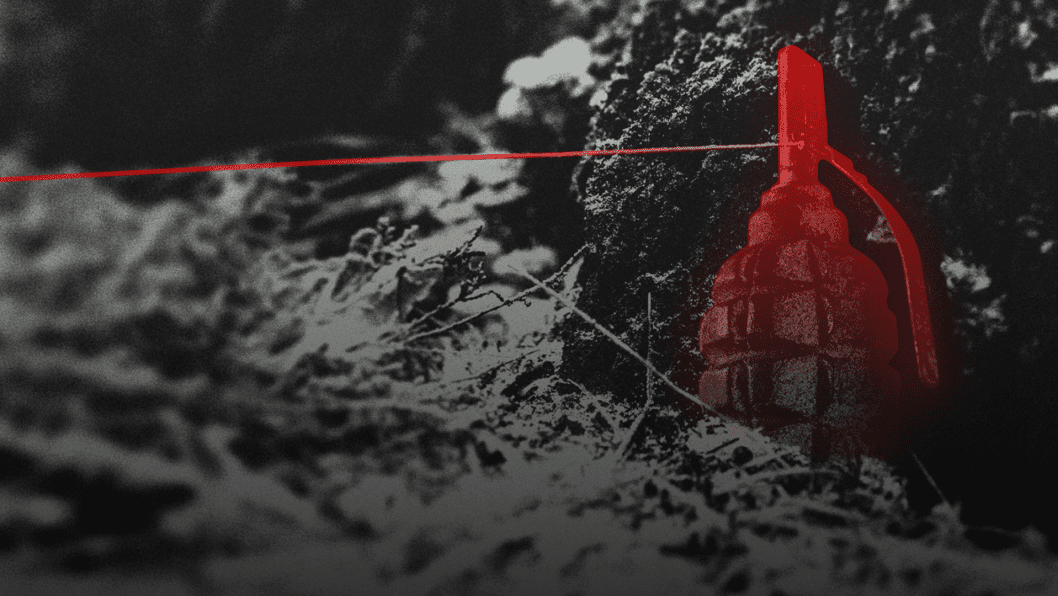

-c42261175cd1ec4a358bec039722d44f.jpg)
-46f6afa2f66d31ff3df8ea1a8f5524ec.jpg)
-6359eca46c72bde40a90abaaadd6eaa8.png)
-29a1a43aba23f9bb779a1ac8b98d2121.jpeg)

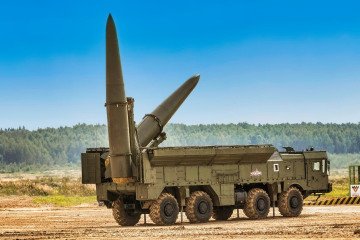
-206008aed5f329e86c52788e3e423f23.jpg)